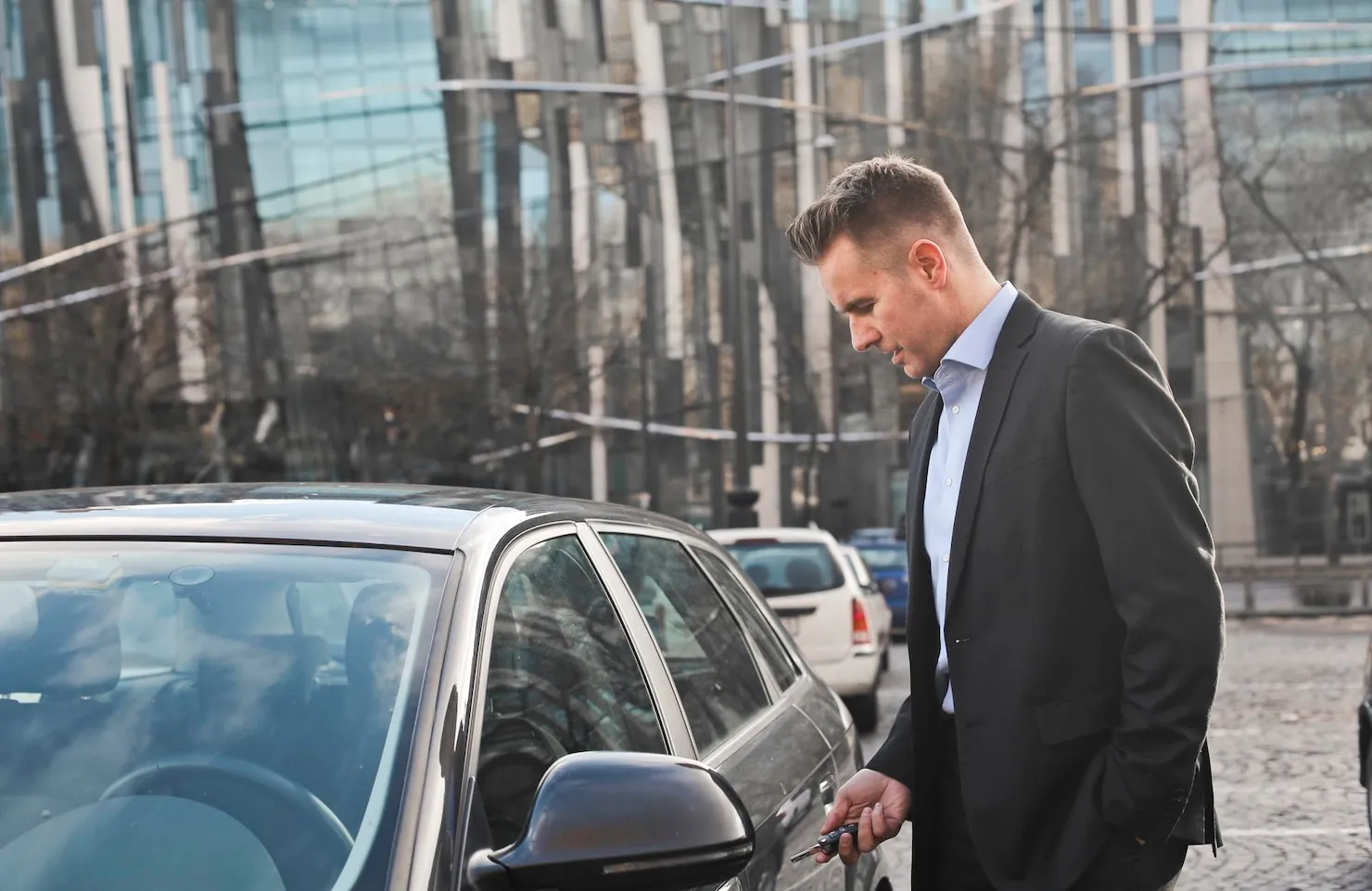Many companies assume there is no auto risk because their companies do not own vehicles. The risk appears the moment an employee drives a personal car for a bank run, a client visit, or a supply pickup. If that driver causes a crash while on company business, the employer can be pulled into the claim under respondeat superior. Firms that want a local, relationship-driven advisor often search for business insurance in Greensboro NC, and this topic belongs high on the agenda.
What Hired and Non-Owned Auto covers
Hired and Non-Owned Auto (often shortened to HNOA) is a liability protection added to a business auto or packaged policy. “Hired” applies to vehicles the business rents, leases, or borrows. “Non-owned” applies to vehicles the business does not own, including employees’ personal cars used for work. HNOA addresses the company’s liability for injuries or property damage arising from business use. It is not designed to repair the employee’s car, which generally falls to the driver’s personal policy.
ISO symbols at a glance
Insurers often reference ISO covered auto symbols. Symbol 8 means Hired Autos Only, and Symbol 9 means Non-Owned Autos Only. Many businesses that do not have company cars select Symbols 8 and 9 to target this exposure. Selecting Symbol 1 Any Auto can be broader, yet not all carriers offer it.
Common ISO Business Auto symbols
| Symbol | Short Description |
|---|---|
| 8 | Hired Autos Only. Vehicles you rent, lease, hire, or borrow for business use, excluding those borrowed from employees or their households. |
| 9 | Non-Owned Autos Only. Vehicles your business does not own that are used in your operations, including employee-owned autos used for work. |
Where the coverage sits in a claim
HNOA liability usually sits above other collectible insurance. When an employee is at fault, their personal auto liability often responds first, a rental contract or credit card coverage may also apply for a hired car, and the employer’s HNOA responds if limits are exhausted. This layering surprises many leaders who expected a commercial policy to be primary. This is one reason experienced business insurance companies in NC keep pressing clients to confirm both corporate and employee limits.
Frequent blind spots
Recurring problems drive losses. Trip purpose is not documented, so “business use” becomes a debate after a crash. Nobody verifies that the driver’s license is valid or that the vehicle is insured to an acceptable limit. Delivery or app-based activity may be outside intended use. Owners also forget that HNOA is liability coverage and does not provide physical damage for an employee’s car. Firms searching for business insurance near me are well served to ask pointed questions on these points before renewals.
Risk controls that insurers expect
A short, written vehicle use policy signals discipline. Ask employees to show proof of personal auto insurance with acceptable limits and to report any accidents or violations within a set number of days. Pull motor vehicle records at hire and on a schedule, then apply straightforward driver eligibility rules. Require seatbelt use, limit mobile phone use, and set clear trip approval steps. Simple practices like these often improve underwriting outcomes for small business insurance without slowing operations.
Practical coverage tips
Check that your policy schedule includes Symbols 8 and 9 if you have any exposure tied to rentals or personal vehicles. If you rent often, add hired auto physical damage and review rental agreements to avoid paying for duplicative protection at the counter. Ask how your carrier treats employees who rent in their own names. Verify that your umbrella follows form over HNOA. Keep certificates of insurance on file for couriers or subcontractors and require them to carry non-owned auto liability if they move goods for you. Attending to these items can stabilize business insurance cost over time because they reduce uncertainty for underwriters.
Claims examples that reshape priorities
Two everyday errands show the stakes. A manager rear-ends another car while returning from a client visit. The injured party sues both the driver and the employer, alleging negligent entrustment because the company never screened drivers. In another case, a rented van used for a trade show sideswipes parked vehicles in a garage. The rental agreement includes liability protection, but the damages exceed those limits. In both matters, a sound HNOA program combined with driver screening and clear rules prevents gap exposure or limit exhaustion.
How to move forward
Inventory every role that involves driving and list the typical trips. Confirm covered auto symbols, limits, and umbrella alignment. Put a one-page driver policy in place and make compliance part of onboarding. Coordinate with HR on MVR pulls and with accounting on rental practices and credit card coverages. A few careful steps close the gap that personal vehicles introduce while keeping the business moving. If you have questions specific to Greensboro or statewide requirements, a local independent agent can align coverage with your operations on practical terms.

